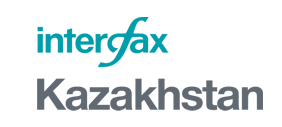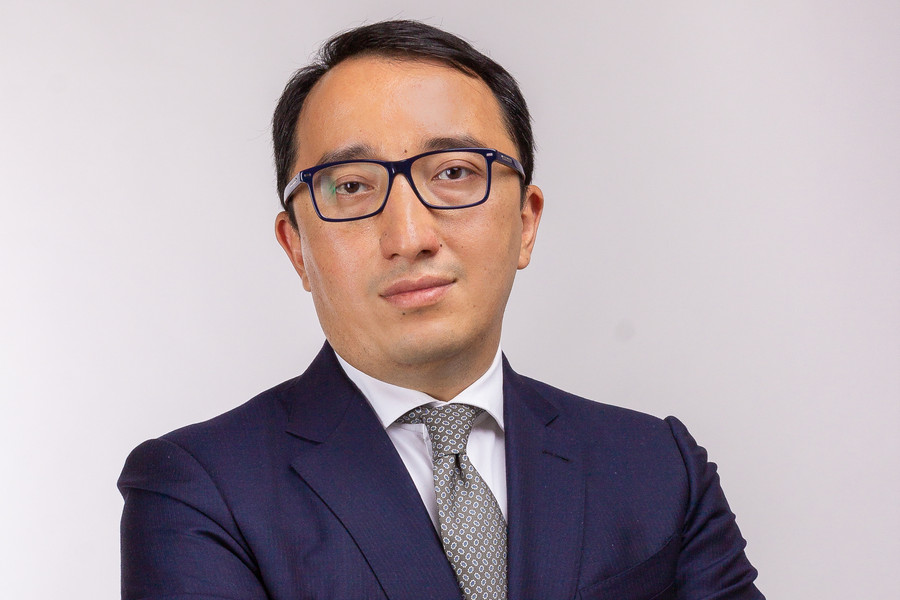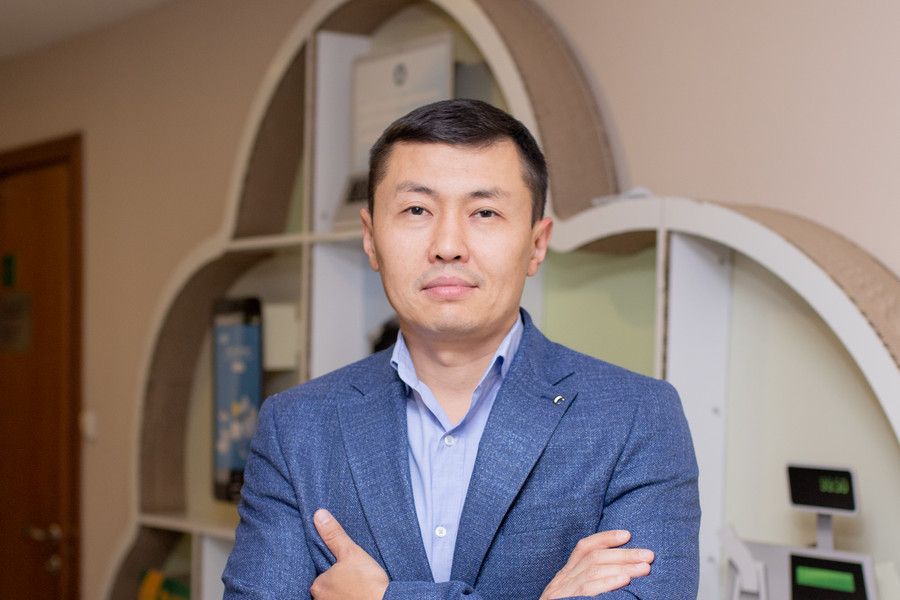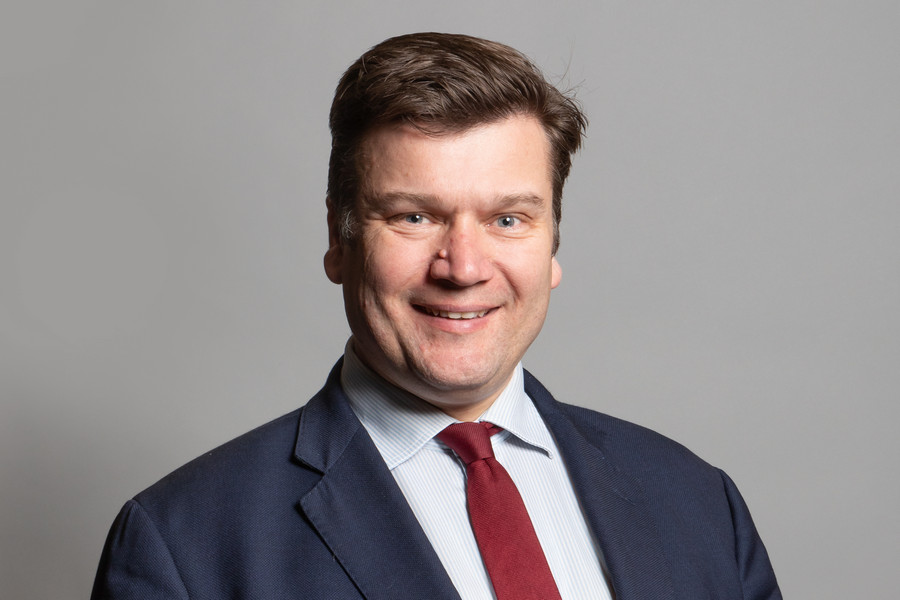President of JSC Vasilkov Mining-Processing Complex Alidar Utemuratov:
"NEW GOLD RECOVERY MILL WILL ALLOW US TO TAKE A LEADING ROLE IN KAZAKHSTAN'S GOLD MARKETЕ"

JSC Vasilkov Mining-Processing has presented its new large-scale project - a gold-recovery plant to the President of Kazakhstan Nursultan Nazarbayev on May 28. The President of JSC Vasilkov Mining-Processing Alidar Utemuratov has shared the company's plans with Interfax-Kazakhstan.
- You have carried out extensive modernization of the production. Can you expand on your modernization program? What results do you expect to achieve?
- We have inherited some heap-leach pads and several building under construction from the previous management, which we later successfully turned into a new gold-recovery plant.
That is why it would be correct to speak about construction of a completely new plant, rather than about modernization. The project started in April 2008 and took over a year to complete(the 4th quarter of 2009.)
Our main innovation is shifting away from heap leaching of gold ore and introducing sophisticated technologies combined with traditional operations for gold extraction, including flotation, gravity and cyanidation. The plant is equipped with unique and sophisticated gear with over 600 items provided by the world's best producers. The equipment has been manufactured in Canada, Australia, South Africa, USA, Bulgaria, Sweden, Finland, Germany, Italy and Russia. The company has fully replaced its mining equipment, which now consists of 67 items worth more than $60 million produced in the USA, Japan and Sweden.
In the past 30 years the plant processed 51.6 million cubic meters of ore, the new recovery mill can processes 13 million cubic meters annually, in other words, it will take only four years now to process the same amount of ore.
The Vasilkov gold deposit for 30 years of operation before modernization in 2006 yielded 14.3 million tons of ore and produced 11.5 tons of gold.
The design production capacity of the new facility will allow the company to mine 8 million tons of gold ore and produce 13-14,5 tons of gold annually.
Construction of the gold recovery has been completed in a record time, the project will allow the company to take a leading position on Kazakhstan's gold market and raise its competitive profile on the global market. Our strategic goal is to produce 1 million ounces of gold in 201.
Dore alloy (gold-silver alloy) and gold concentrates are the plant's final products, which are processed further at Kazzinc.
- How much funds have been invested in the project? Did you finance the project from borrowings or your own funds?
- Such ambitious project as the construction and launch of the gold recovery mill with a record-breaking performance requires large capital investments. The total investments are estimated at $700 million in borrowed funds.
- Does the company have enough gold reserves to load the mill? Do you have any plans to expand the resource base?
- In order to ensure a sufficient feedstock supply to the gold recovery facility the company takes steps to further expand the pit area through using cyclic flow technology. A coarse grinding facility was built on the top of the opencast mine as well as a 1,500-meters long conveyor belt to boost the open-pit mining. The employment of the innovative technologies cost the company an estimated $14.5 million.
The employment of the cyclic flow technology along with continuous extension of mining depth allows for higher production concentration, better efficiency of the mining equipment, a higher degree of computer control production and a higher productivity of the company in general.
The Company invested $57 million in primary mining. Until 2009 we were engaged in stripping works to ensure a sufficient supply of developed ore.
The work program entails opencast mining to a 450- meter depth and later an underground mining to a 660-meter depth.
The open-pit area extends to 1,330,000 sq m, stretching 1,300 meters from west to east and 1,200 meters from north to south. The design pit depth will reach 450 meters below the surface.
It is planned to expand the total mining area for exploration and subsequent mining on the adjoining sections of the ore field. Along with open-pit mining it is scheduled to begin construction of the underground mine in 2013.
- Do you have plans to go public at international stock exchanges?
- As any large commodity producer, we are viewing a possibility of entering the stock market, as the next step in the company's development. Listing on stock exchanges helps to bring additional investment flows, as well as to conduct a credible estimate of the company's market value.
- Do you agree with the notion that gold currently represents the most attractive investment tool? Can you forecast any trends in the global gold market? How is the price of the metal going to change in the short run?
- Gold has recently enjoyed a great investment demand, which explains the record growth of prices for the metal. For the first time in the last three decades investors bought more gold than jewelers in 2009. The demand was triggered mainly by an increase of money supply in the U.S. caused by the financial crisis. The situation was exacerbated by the uncertainty in the European Union - at first, it was the volatile situation around Greece's debts (with Spain and Portugal on the way). Then came inflation apprehensions, when the rescue debt-settlement plan had been adopted, as it implied an inevitable printing of new money.
At the moment gold remains the only money substitute due to the limited offer and the fact that it cannot be produced in random quantities at the discretion of a country's leadership. No major company has had a significant increase in raw material base in the last 2-3 years - the world's gold production leaders adhere to the conservative development strategies. These growth restrictions do not just affect the availability and condition of the world regions' gold mineral resources bases, but also hamper the investment opportunities for operating deposits.
The increasing share of the metal in state gold reserves of some countries related to the weakness of the basic currencies generated a further rise in gold prices. Official gold sales by central banks fell by 81% to 44 tons. The majority of central banks turned into buyers instead of sellers.
We must mention that demand for gold from jewelry makers, industrial producers and dental services in 2009 fell mainly due to the rise in gold prices. However, the results of the 4th quarter of 2009 are encouraging: despite the fact that the jewelry-makers' demand in Q4 continued a downward trend, there are signs that the decline is slowing down and consumers are getting accustomed to high prices for gold. India, the world's largest gold consumer, showed a 27% increase in demand as compared to the same period in 2008. A similar case is in the mainland China, which posted a 6% rise in demand in 2009 and 2% rise for Q4. Chinese manufacturers are projecting the demand to double in the next decade.
The forecast for jewelry-makers' demand largely depends on the price, so any downward curve will spark a wave of consumer interest, while a record-high hike will keep consumers away.
From the standpoint of suppliers, the current production results confirm that the global output of the yellow metal will remain within the expected range without any significant falls. Global gold mining is growing, but it is mostly boosted by new individual projects, while maintaining the output at the operating gold mines is a tough task at hand, therefore, the cost of gold production is increasing.
More supply options are coming from recycling market (jewelry pieces, parts of old machinery), but again, recycling does not contribute to the global gold stock.
Taking into account the above, the price for gold in a short term will be climbing up. In a long term gold is also subject to a gradual growth.
- Thank you for the interview!
June, 2010
й 2009 Interfax-Kazakhstan news agency
References are obligatory
June, 2010
© 2024 Interfax-Kazakhstan news agency
Copying and use of these materials without reference to the source is prohibited
Archive






